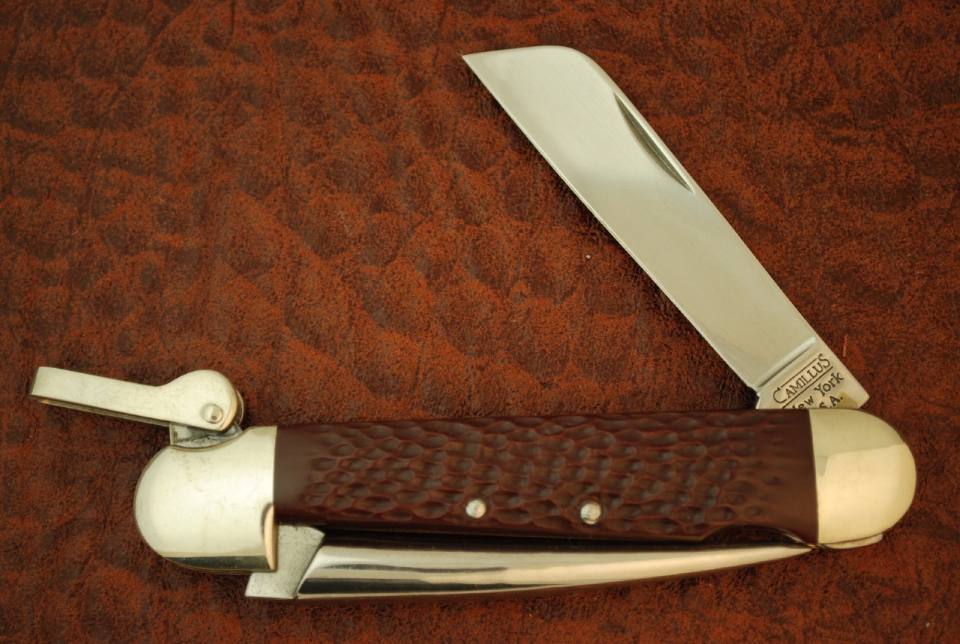

Now pull the knot tight around the rod by pulling on the working end assuming the standing end is secured and if not pull on both ends.ĥ. You will be going over the right side of the loop, under the center line, and then over the left side.Ĥ. Hold the lines in place and take your marlinespike, rod or other long cylindrical object and slide it into the knot from the right side. Grasp the lower side of the loop and fold it up and over the top part of the loop such that it will lay on top of the standing line with the standing line centered in the new loop formed.ģ. Form an overhand loop in the rope with the working or tag end of the rope on top of the standing part.Ģ. Marlinespike Hitch Knot Tying Instructionsġ. The knot is commonly used in rigging hammock suspension systems and "whoopie slings". The load that is put on the rods (or whatever is being used as the marlinspike) should only be from the standing side of the knot.
#MARLIN SPIKE SERIES#
The knot can also be tied in a series of parallel knots down two side-by-side ropes with rods attached through both knots to be used as a makeshift ladder. The marlinespike (or rod, stick, tool handle or any long and thin object) that has been inserted into the knot can be used as a handle to pull very hard on the rope. The marlinespike hitch is a rope knot that is often used with a rope that is already attached at one end to something in order to gain better purchase or grip on the rope for tightening. Pull the ropes taut and tie them to their respective stakes with a roundturn with two half hitches or a rolling hitch.Home Rope Knots Marlinspike Hitch Marlinspike Hitch This can be done by driving in a pioneering stake in line with each rope at a 45° angle. When the ladder is completed and attached at the top, don’t forget to tie it off at the bottom, which will measurably increase stability and the ease of climbing. For a long ladder that needs to be prepared before attaching it to the top anchor points, construct the ladder on the ground. For a shorter ladder, you can attach the ropes to their anchor point and tie on the rungs vertically. When tying on the rungs, start at the top of the ladder. Then, give the rope on either side of the rungs a good pull to tighten the hitch back up.

It’s easy to adjust the position of the rungs by loosening the Marlin Spike Hitches and moving them with the short spars up and down on each side until the desired distance between the rungs is achieved and they are nicely horizontal and perpendicular to the ropes. Preparing the Marlin Spike Hitch Inserting the Ladder Rung Tying the Marlin Spike Hitch in this manner assures you will have the part of the hitch with the knot under the ladder rung.ĭepending on the diameter of the short spars, to space the ladder rungs about a foot apart, make the next overhand loop about 15 inches away from the previous rung. In the process of making a rope ladder, after pulling the standing part through, stick the ladder rung inside the new loop you just formed.

The method applied here is very similar to tying the old fashioned Slip Knot where you make an overhand loop, reach through underneath, grab the standing part of the rope and pull it through. The ladder used the other way round can result in the rungs slipping as the weight goes on to them.” Simple Slip Knot As John Thurman explains in Pioneering Principals, “The vital thing to remember is that the knotted part of the hitch must be under each ladder rung so that when a weight is put on the rung the knot will work in support.

To easily and effectively attach the rungs to the ropes, a Marlin Spike Hitch, also known as a lever hitch can be used. The kind of rope ladder referred to here is constructed using two lengths of rope and short spars (3′ x 2″ are ideal) to serve as ladder rungs.


 0 kommentar(er)
0 kommentar(er)
